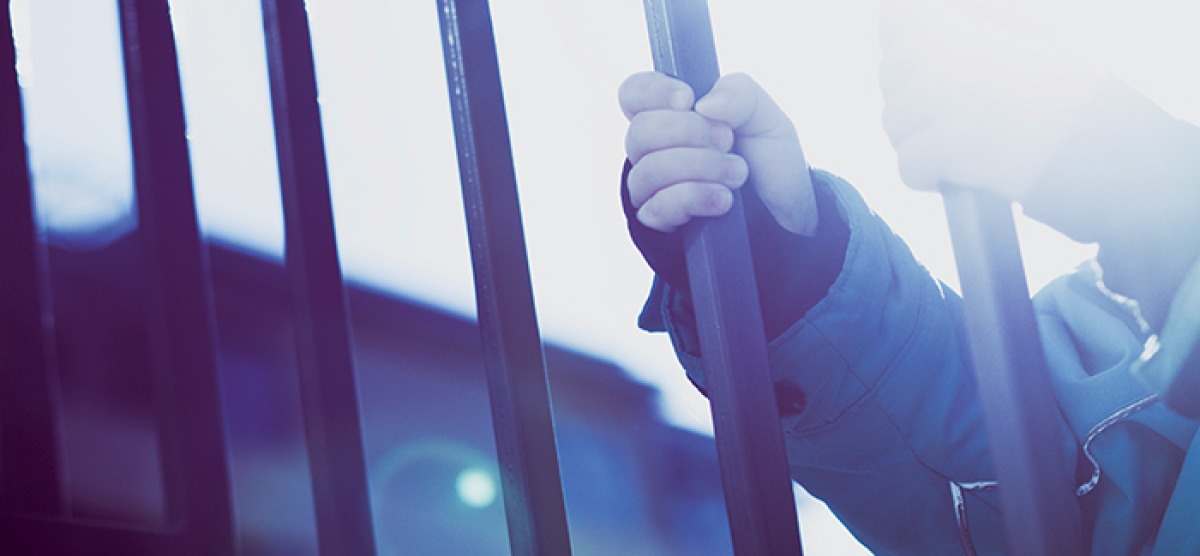
Facing Up to Factories of Failure
Youth prisons reinforce the most negative aspects of young people's developing personalities.
The first one I visited had been built for 40 people but was housing 100. I was struck by the glaring lights and the barrage of noise. The kids were dressed in sweats, many with holes in them. Some were in shackles or handcuffs. Guards carried Mace.
Decades of hard evidence, not just gut feeling, tell us that youth prisons like that one do real and lasting harm.
We know that one of the strongest predictors of delinquent behavior is having a social circle of delinquent peers.
So what do we do? We put young people in prisons where they create intense relationships with those with a history of breaking the law. Instead of reform schools, youth prisons are schools for crime.
We know that young people develop emotional maturity by learning from their mistakes and realizing that they can do better.
So what do youth prisons do? They reinforce the most negative aspects of young people’s developing personalities, tell them that they are dangerous, that they have no future. And after shaping their identity as young criminals, we return them to the community with little support or connection to opportunity.
We know that most incarcerated youth have histories of trauma that make them especially sensitive to environmental triggers.
So where do we send them? To youth prisons characterized by isolation, solitary confinement, chemical and physical restraints, bright lights, constant din, and a pervasive threat of violence.
So how can we be surprised by dismal recidivism rates of 60, 70, 80 percent? These factories of failure fail at protecting the community, they fail at turning young lives around, they fail at being cost-effective, and they fail at protecting kids from abuse.
Clearly, the time is way past to close every last youth prison in the country. And we can.
By changing policies, we can ensure that kids aren’t locked up for minor offenses. By changing programs, we can create alternatives like kinship programs and family-based interventions. By changing systems, we can transform state juvenile justice systems—by, for example, implementing risk assessments that give judges sound criteria for making sentencing decisions. By changing practice, we can create small, community-based residential care that ensures safety while delivering staff-intensive treatment and education and fostering relationships of trust.
With all the powerful structures and systems of our society, juvenile justice systems are mediated by this country’s long history of racism. They’re influenced and mediated by the stories we tell ourselves about black and brown young people—in other words, by the central social injustice that has infected this country for hundreds of years and continues to affect us to the present day.
It’s time we face up to the dismal failure of the adult-like youth prisons that lock up thousands and thousands and thousands of young people every day. It’s time we close every last one of them in favor of more family-based, community-oriented responses that hold young people accountable for their behavior but, at the same time, are more safe, more effective, and more just.
Patrick McCarthy, Ph.D. ’81, is president and CEO of the Annie E. Casey Foundation, which is devoted to improving the lives of children at risk of poor educational, economic, social, and health outcomes.
Published on: 05/10/2017